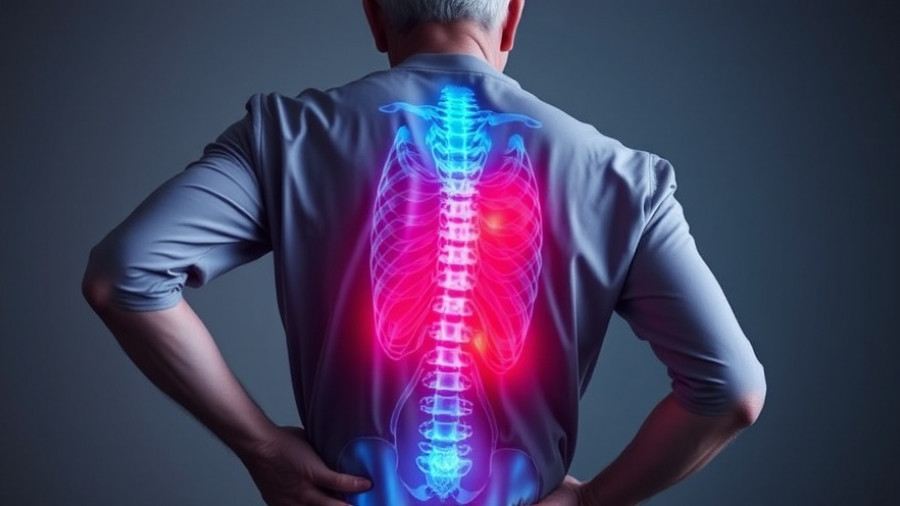
Reset Your Body: Embrace Chiropractic Care for Back-to-School Energy
As summer comes to a close and the hustle and bustle of the school year begins, many parents and students alike find their routines shift significantly. With the excitement of new classes, after-school activities, and busy schedules, the need for physical well-being becomes more critical than ever. One often overlooked method to ensure your body is ready for the demands of the season is chiropractic care. This holistic approach not only helps relieve pain but also fosters greater mobility and overall wellness.
Chiropractic Wellness: A Foundation for Stress-Free Days
Chiropractic wellness emphasizes maintaining optimal spinal health, which can greatly affect overall body function. Regular chiropractic adjustments align your spine, enhancing your mobility and reducing pain. With effective spinal manipulation, patients often experience relief from back pain, neck pain, and joint discomfort, which is essential for juggling school schedules and maintaining an active lifestyle.
The Benefits of Joint and Nerve Pain Relief
Whether you are a parent rushing to meetings or a student carrying heavy backpacks, joint and nerve pain can quickly become burdensome. Chiropractic care focuses on alleviating these issues by realigning the skeletal system, thereby improving nerve function. This natural form of pain relief can help keep you energized, allowing for better concentration during studies and more engagement in extracurricular activities.
Improving Posture: A Key to Success This School Year
With more hours spent at desks, good posture is essential, yet it’s often ignored. Poor posture can lead to a range of issues, from headaches to chronic pain. Chiropractic adjustments serve as an excellent preventive measure. Regular visits can help correct posture, ensuring that children and adults alike can focus on their tasks without the distraction of discomfort.
Tips for Incorporating Chiropractic Care into Your Routine
Making chiropractic visits a part of your routine can be seamless. Begin by setting goals for your health this school year—whether it's reducing pain, improving focus, or increasing physical activity. Aim for regular check-ups with your chiropractor to monitor spinal health. Not only will you reap the benefits of adjustments, but you will also learn exercises and techniques tailored to your unique needs.
A Unique Community Resource for Holistic Health
In many communities, local chiropractors don’t just treat individuals; they engage deeply within their neighborhoods. Chiropractic practices often host workshops, offer educational resources, and create a space for community support focused on wellness. By connecting with local practitioners, families can benefit from expert advice on how to maintain holistic health beyond just physical adjustments.
Conclusion: Take Action for Your Health
As we gear up for another school year, consider the vital role that chiropractic care can play in your life. Ready to reset your body? Schedule an appointment with a trusted chiropractor to tailor a wellness plan that meets your needs and supports your lifestyle. After all, the journey to better health doesn’t have to be walked alone. Let chiropractic care guide you toward a vibrant, pain-free school season!
 Add Row
Add Row  Add
Add 




Write A Comment